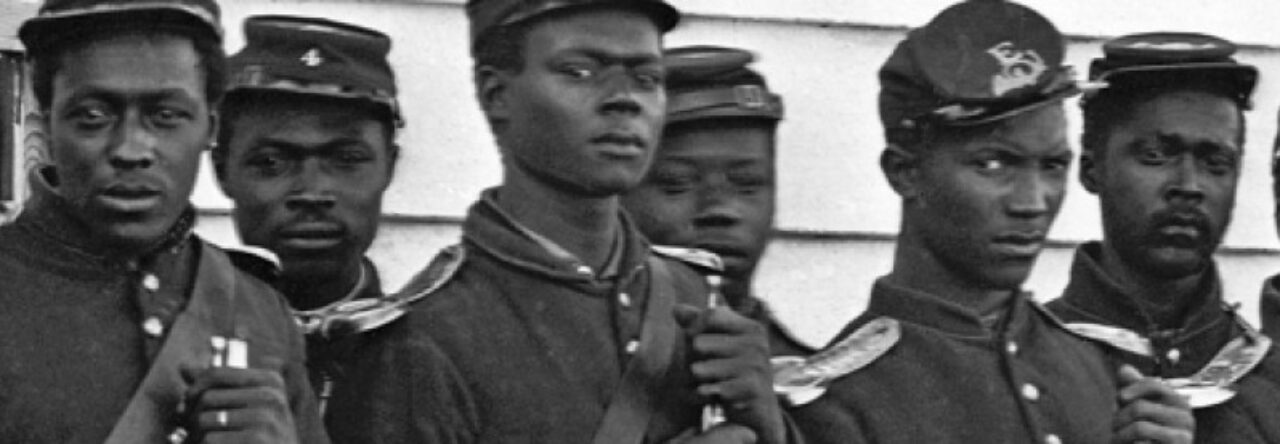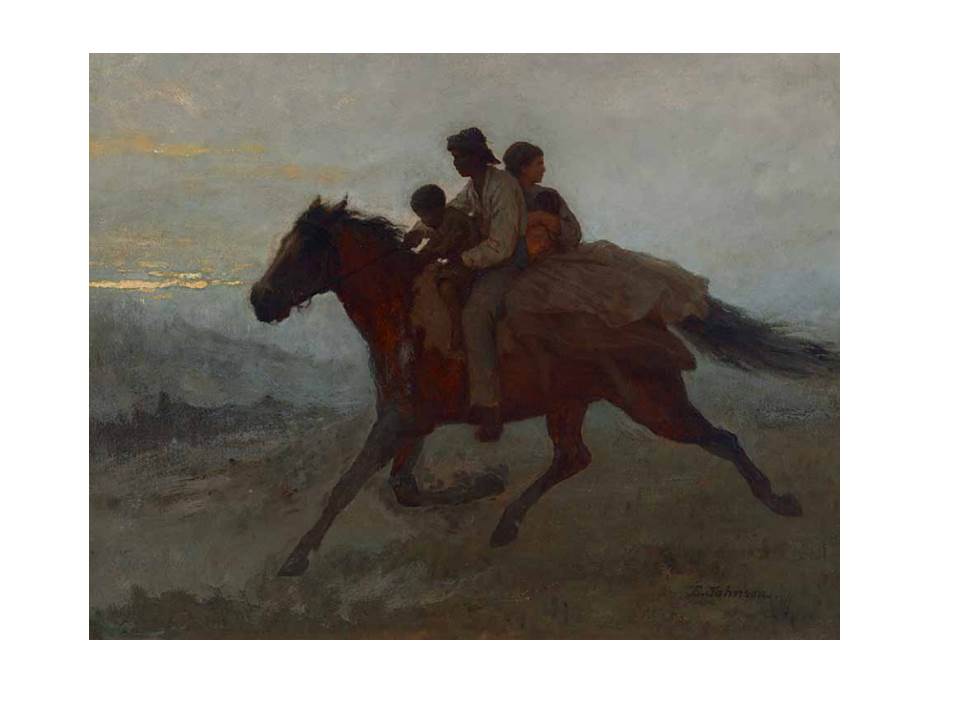The objective in Part 3 is to compel teachers and students to reexamine their assumptions about emancipation. This is no simple story of a single Great Emancipator or turning point on the road to freedom. Rather, the latest scholarship about the destruction of slavery suggests the best way to tell the tale is to approach it from many angles and with a long timeline.
Featured Image —Thomas Nast’s “Emancipation” (1863 / 1865)
Featured Document– Greeley Letter
Handouts– Contraband of War // Emancipation and Law of War // Emancipation in Global Context // Emancipation Timeline
Further Reading– Emancipation Digital Classroom // James Oakes on Lincoln and Race // Bruce Levine on Confederate “Emancipation”
Guest GLI Lecture: Allen Guelzo on the Emancipation Proclamation (38 mins.)
Featured Student Video: Henry W. Spradley, Citizen (14 mins.)
Civil War Through American Art:

